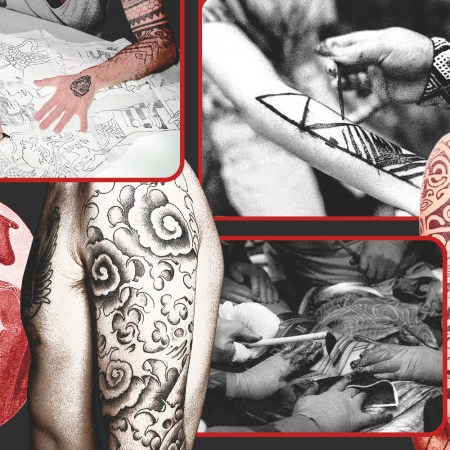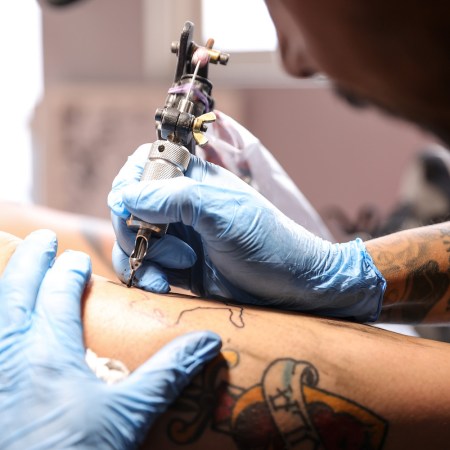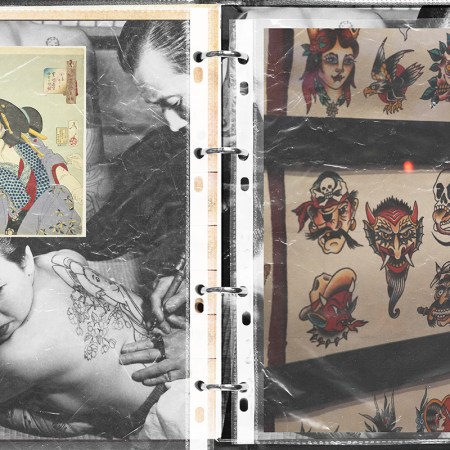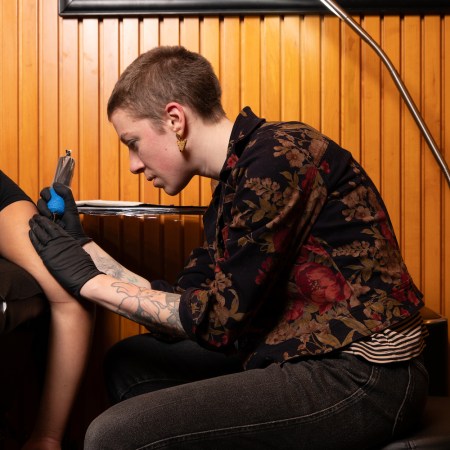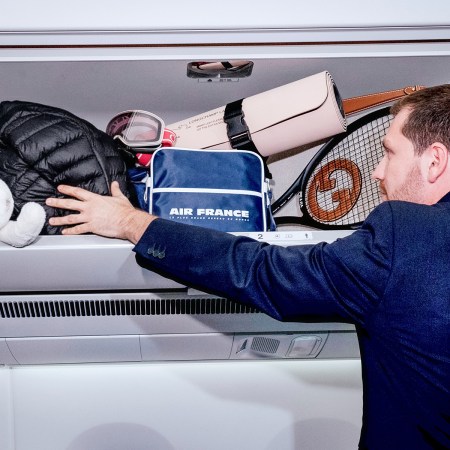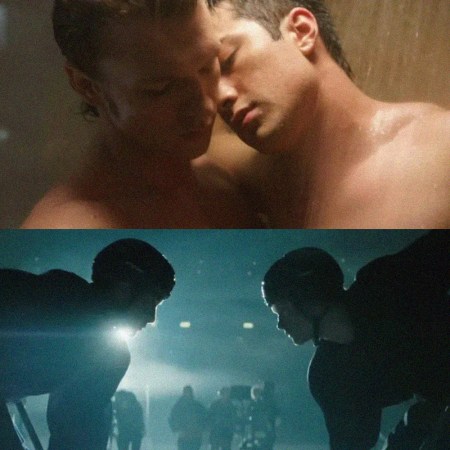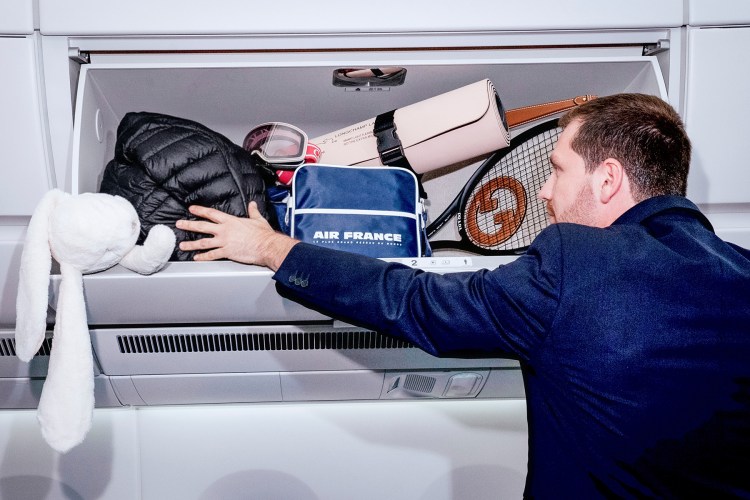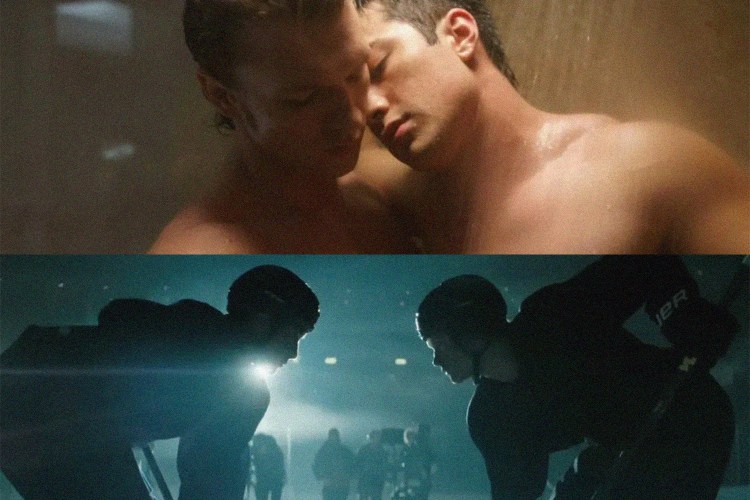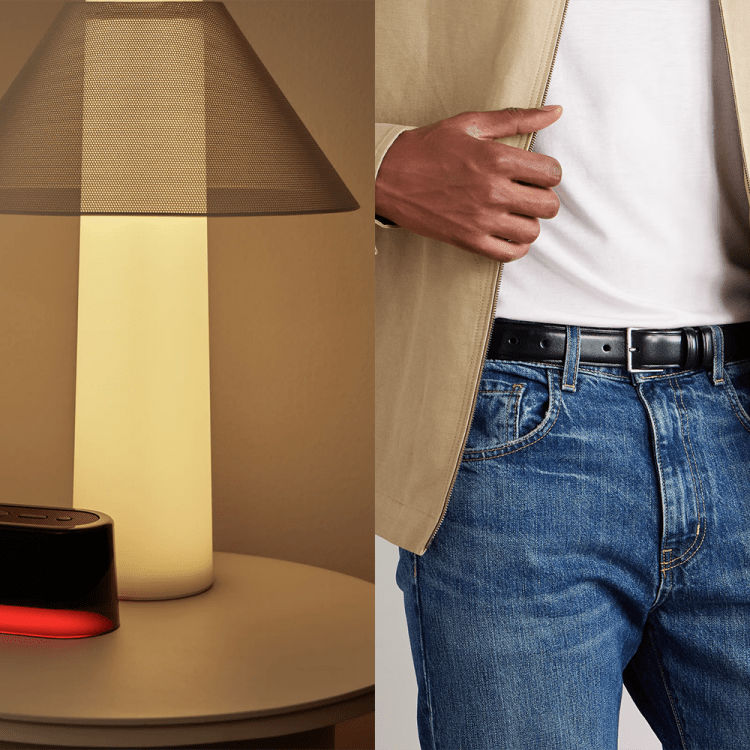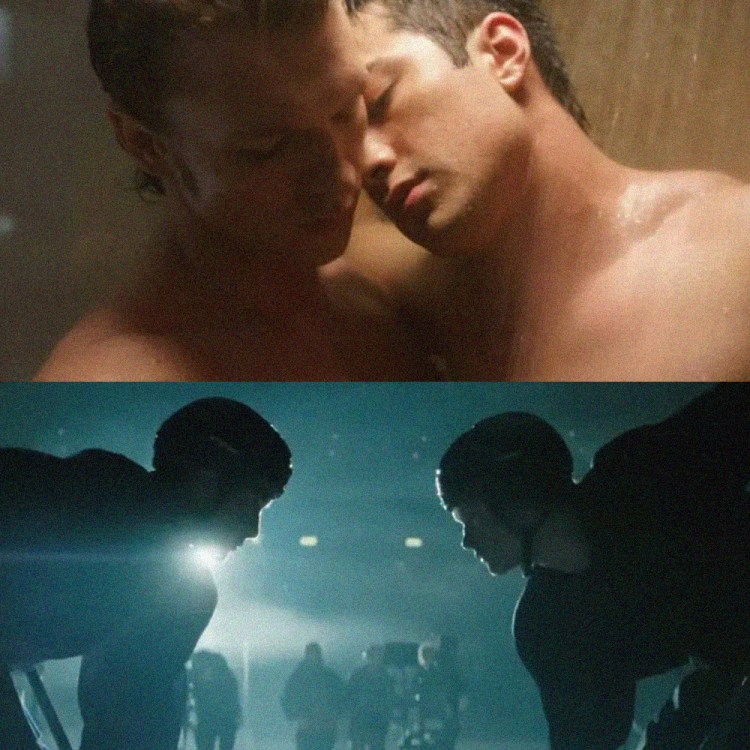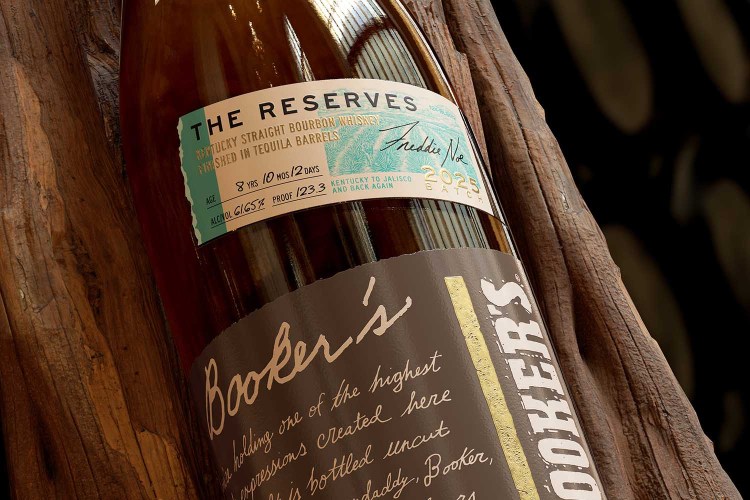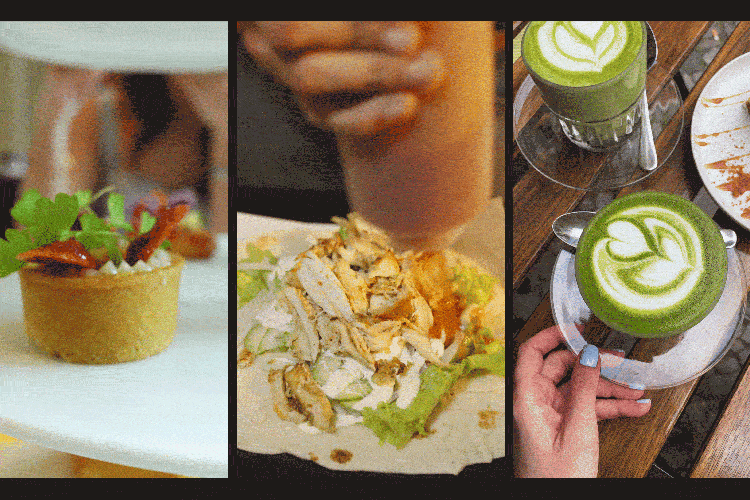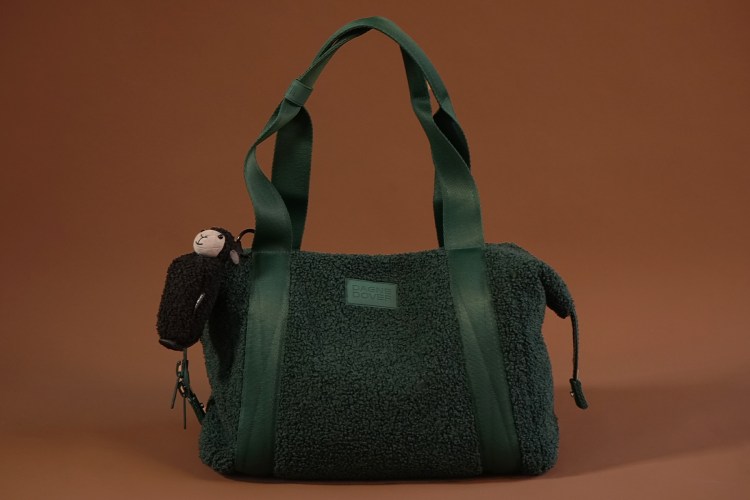For those who may have missed it, Pete Davidson — long known for a heavily tattooed frame adorned with everything from a Mars Attacks! alien to a blunt-smoking Tootsie Pop Owl to a portrait of deceased Supreme Court Justice Ruth Bader Ginsburg (rest in power, Queen) — has recently debuted a shockingly ink-free free bod, discussing his tattoo removal journey on several late night programs and posing in various states of undress for a Reformation clothing campaign shoot.
As far as tattoo removal goes, Davidson represents a pretty extreme case — by his own admission he has had somewhere in the vicinity of 100 tattoos removed in a quest to “clean slate it” (his words), at a reported cost of more than $200,000.
But while Davidson may reside on the gonzo end of the removal spectrum, his ink elimination odyssey does speak to a larger cultural trend at play. Tattoo removal is on the rise, with options to bid body art permanently adieu more effective and readily available than ever before.
And while no shortage of ink has been spilled (sorry) on the internet discussing these options, your correspondent found a surprising dearth of pieces illuminating what the process is like, firsthand.
So here I am to fix that.
Up until recently, the thought of having any of my tattoos removed never really crossed my mind. I retained a long-held notion that the process was too difficult, too painful, too expensive, too ineffective. In other words, not worth the trouble. Better to just get more tattoos and hope the bad ones just kinda disappear into the overall mise-en-scène. Besides, my bad ones aren’t that bad — while I undoubtedly sport some stupid and/or poorly-executed pieces, there’s nary an ex’s name or ska band logo to be found on ya boy. I’m doing fine.
Seeing Davidson’s “clean-slated” skin changed something though. This dude went from tatted-the-fuck-up to clean-as-a-baby’s-bottom in a stupefyingly short period of time. And while I didn’t have any pieces I was dying to get rid of, the opportunity to regain some epidermal real estate which I could then tattoo with something newer and better was something worth considering.

My research brought me to the fine folks at Removery, a multinational tattoo removal outfit with 150+ locations across 140 cities in the US, Canada and Australia. Removery’s size was one of the things that drew me to them, my first consideration being the resources that come with a larger operation: they use state-of-the-art PicoWay lasers (more on that in a bit) and their treatment protocols were developed via the industry’s first and only tattoo-removal-focused clinical advisory board, comprised of board-certified physicians in dermatology, plastic surgery, pain, emergency medicine, immunology and a PhD in laser physics focused on tissue interaction. Cutting edge tech + many doctors = v comforting. That’s just science.
The second consideration was the number of locations and the ability to be treated at any of them throughout the process — tattoo removal takes time (more on that in a bit as well), and it was nice to know that if I were to move, be traveling extensively, etc, it wouldn’t derail my treatment. Plus I figured that if I were doing this for journalistic purposes, it couldn’t hurt to be recommending the company that would likely be convenient for the largest number of readers. You’re welcome.
Starting the process was simple, straightforward and honestly crazy easy. I booked a free consult at the Removery studio near me here in Denver, during which their studio operations director (shoutout to C.J., absolute legend) walked me through the entire process — pricing, the laser tech and how it works, what to expect in terms of treatment timeline, aftercare, etc. The consult was informative, comprehensive and mercifully not even remotely pushy — at no point did I feel like I was getting the “hard sell,” and while I did elect to receive my first treatment that day, I feel like I could have just as easily left to think it over without feeling any pressure.
At this point I feel it incumbent upon myself to address the good news and bad news that were promised at the top of this article — I’ll begin with the bad news because, well, that’s just what you do where I come from:
First, it ain’t cheap. Removery bases their pricing on the size of the tattoo (measured with a grid during the consult), and at even the smallest end of the spectrum you’re looking at around $1,500. For larger pieces, that number can easily climb to a few thousand dollars.
That being said, Removery’s pricing is also for complete removal, meaning that you pay a set price no matter how many treatments it takes to remove your tattoo. Given that the number of treatments required is notoriously difficult to predict (there are a number of factors at play here including your skin type, the age of the tattoo, its location and color composition, etc), paying for the result rather than the treatments themselves is a nice option.
Additionally, Removery offers some pretty slick financing options to ease the burden, and I feel it also bears noting that I’ve learned the “you get what you pay for” lesson on the tattoo acquisition side enough times to bet it applies on the removal side as well.
Second, it ain’t quick. While again there are several factors involved in the number of treatments required to fully remove a tattoo, a safe bet is eight to 12. Being that these treatments need to be spaced out by an average of six to eight weeks, you’re looking at a best-case scenario of roughly a year.
Again though, one should keep in mind that a quality result — in pretty much anything in your life, not just tattoo removal — is very rarely quick and easy, so patience and diligence are key. I for one will be using the time to save up for a new awesome tattoo to be applied directly on the site of my previously removed piece, but you do you.
And now for the good news:
First, the pain ain’t all that — Davidson himself has described the process as “terrible,” and being that it does involve a laser firing directly into one’s skin, the ouch factor was certainly on my mind. But anyone concerned about signing up for some excruciating ordeal involving “a layer of skin being burned off” (verbiage Davidson has also used) need not fret, as this is quite simply not the case.
The PicoWay laser (not proprietary to Removery but the only device they use) is essentially the Rolls Royce of tattoo removal. Without getting too into the science-y science of it all, the PicoWay operates at a frequency that allows its high-intensity laser light to pass harmlessly through your top layer of skin (the epidermis) to the lower layer where tattoo ink resides (the dermis), where it targets the tattoo pigment and effectively “shatters” the larger pigments of ink into smaller particles that your body’s immune system will naturally flush away over time.
Now, does the PicoWay feel like a kiss on the mouth from [INSERT YOUR CELEB CRUSH OF CHOICE HERE]? Certainly not. I’d liken the sensation to having a tiny rubber band snapped against your skin at a very rapid rate. It’s not pleasant, but it’s also not awful, particularly considering they numb the area with an ice pack beforehand to dull sensation. Additionally (and I cannot stress this enough) it is just so. Damn. Fast. This is perhaps the part I was least prepared for — my tattoo is a decent size (nine square inches, landing it squarely in Removery’s “medium” size category) and the whole lasering process took literally less than 60 seconds, I shit you not. The whole thing is kinda over before you know it, and then for the next couple days it feels like a light sunburn — mild discomfort, but nothing worth writing home about. And that’s that.

Second piece of good news: the results are pretty undeniable. While this is obviously not yet true for me personally — I was warned beforehand that after just one treatment my tattoo would look “basically the exact same” and this has proven true — Removery’s track record of over a million successful treatments and library of before/after pics speak volumes as to how far tattoo removal has come in the last several years. Gone are the days of excessive blistering, scarring and/or unfortunate hypo/hyperpigmentation. With the aforementioned patience and appropriate aftercare (in short: keep it clean, avoid sun exposure and apply a light layer of Vaseline as needed), most any tattoo can be almost magically wiped away, leaving naught but fresh, clean, healthy skin behind. Whether you’re looking to keep that skin ink-free or, like me, use it for something new is 100% up to you.
In the interest of making this firsthand account of the process as comprehensive as possible, I shall return in roughly six months with an update on my progress — until then, happy lasering.
Update No. 1: 6 Treatments (and 9 Months) In
Hello hello — it’s me, your dutiful tattoo removal chaperone back with my first update on how the process has been going.
As I type this, I bask in the afterglow of my sixth treatment with Removery and am overall super pleased with the results thus far. I will admit that it’s a little shocking to think that I’ve been at this for nine months already, but with an average gap of seven to eight weeks between treatments, the math checks out.
My laser tech estimates that I’m roughly halfway through my journey so far, which brings me to my first big takeaway: patience truly is key. I know I had mentioned it previously, but talking about it in theory and talking about it from experience are two very different things, and I will say that looking down at a tattoo that does not appear particularly close to “gone” after the full gestation period of a human baby can be a little discouraging.
However, this brings me directly to my second big takeaway: when you’re looking at the tattoo every single day, it’s very difficult to gauge how much progress is being made. I chalk this up to a human predisposition toward mentally comparing where the tattoo is at to it being gone completely, rather than mentally comparing where it’s at to where it was — not until my tech held up side-by-side pics on my fifth visit did I think to myself, “Oh damn, we are making progress here.”

Some more appointment-specific notes in the interest of being thorough:
Appointment No. 2 – Can’t stress enough how easy it is once you’ve already been through it, even just once. I knew exactly what to expect and was in and out in eight minutes. Seriously, the drive over took longer than the appointment did. On this go-round I did notice a funny smell though, which it turns out is the laser zapping your hair follicles. Who knew?
Appointment No. 3 – At this point, it’s total cake. They do dial the laser “up” a bit each time (this is a gross oversimplification, but no one needs a full science lesson here) so the sting afterward was a bit more than usual, but still not a big deal. Additionally, at this point I discovered KT tape as a method of keeping the sun off the tattoo, which was a gamechanger for shorts season.
Appointment No. 4 – This is where I learned not to get cocky, as I was getting so laissez-faire about the whole thing that the pain kinda snuck up on me a bit. Here I discovered that an ice pack at home directly afterwards is really nice and drastically shortens the length of the sunburn-y feeling. On this visit I also ran across a really good chippy near my Removery clinic, so in the event you’re ever in Denver, you should check out GB Fish and Chips on South Broadway.
Appointment No. 5 – As stated above, this felt like a “tipping point” where I really started to notice a difference in the tattoo fading. The side-by-side was eye-opening, and then a couple days after the appointment, I felt like I could see even more change.
Appointment No. 6 – My only real note here is that around the sixth appointment (according to my tech) you do start to see a bit more bruising afterward. No increase in pain, but the site does look a bit more “beat-up,” for lack of a better description. Apparently this is because as the ink dissipates, the laser still needs something to “hit,” and the closest thing is blood capillaries. Totally normal and to be expected, but I did appreciate the heads-up.
That’s all for now. I shall return in a few months to check in again and let y’all know how the journey is progressing.
This article appeared in an InsideHook newsletter. Sign up for free to get more on travel, wellness, style, drinking, and culture.


